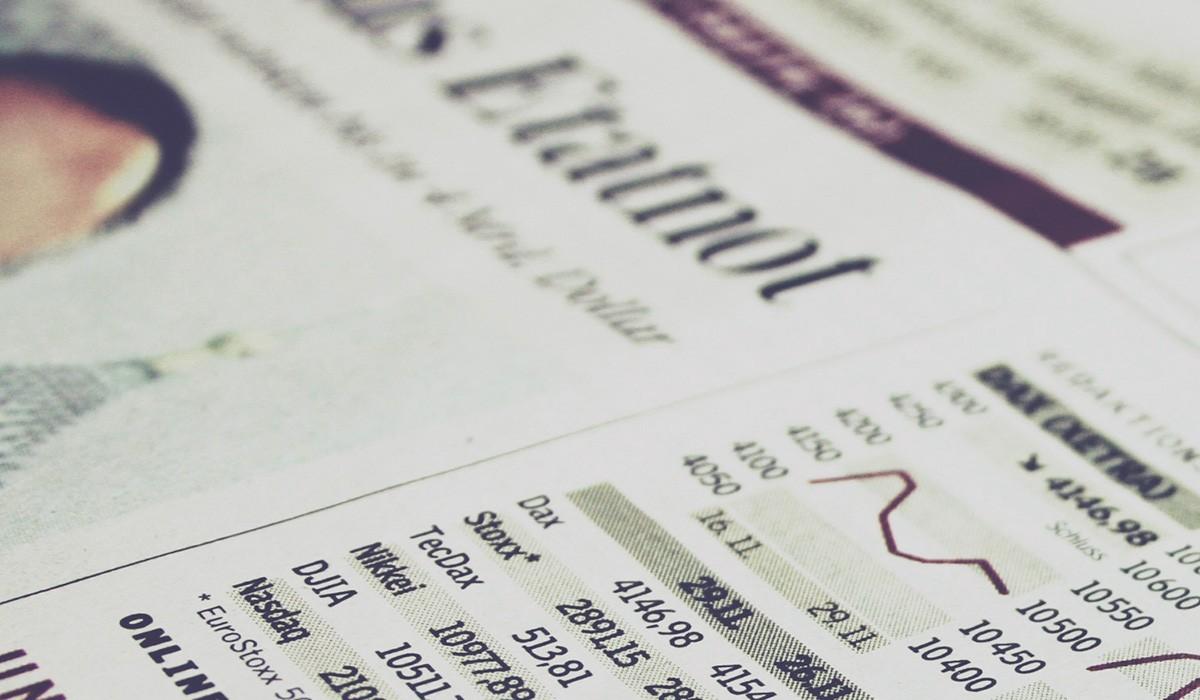

FAQ on the Tax Levy
Litchfield CUSD12
What is a property tax levy?
A property tax levy is the amount of property tax dollars a school district requests to operate the district for the upcoming school year. This is separate from an extension, which is what a district receives.
Why is a property tax levy important for a school district?
Property taxes are the primary funding source for many school districts, including ours. Each year, the district requests a tax levy extension, or levies, to match the expenditure increases for cost of living, service and material increases, and other expenditures. The amount of the tax levy rate increase is determined by a formula established by Illinois School Law.
How is a property tax rate calculated?
Illinois Law establishes the tax levy formula. The tax levy rate is based on the equalized assessed value (EAV) of the properties within the district’s boundaries (including any new properties and the increase or decrease in property values of existing properties) and the school district’s request for local revenues for its ongoing operations. The school district does not control all of these factors.
Is the property tax levy the Litchfield CUSD #12 Board of Education approves a final figure?
The tax levy the board of education approves is not a final figure. It is a request based on estimations of the items in the tax levy calculation above and the district’s request to support the district's ongoing operations. Since the final figures for equalized assessed value of properties and new growth are not known until the spring following the board-approved tax levy, a school district must estimate what they believe the final figures will be.
If a school district uses estimates higher than the actual final figures for EAV and new growth, will they receive more money than they should?
A school district can only receive a tax levy based on the final figures released by the county or counties (Montgomery and Macoupin) for Litchfield CUSD #12. If the school district requests a levy that is higher than the final figures allow (based upon the final EAV calculation of the counties), the district will only receive what is allowable by law, which is the final calculation based on the actual numbers as established by the counties. For example, if a district requests a tax levy increase of 10%, but the numbers released the following spring equate to an EAV increase of only 4%, for most levies, the district will only receive a 4% increase in its extension (additional new funding over the previous year).
Why would a district request a rate higher than what they believe the final figures might calculate for the actual levy?
The district makes an educated guess on what the final EAV will be for the properties within the district’s boundaries. However, it is only an educated guess. If a district requests a levy lower than the final figures released by the counties, the district does not have a way of adjusting the levy to receive the additional dollars available to the district. Once a levy is filed, it cannot be increased. For example, if a district filed a levy request for a 5% increase, but the figures released the following spring by the counties could have allowed for a 9% increase, the district cannot change the levy to access the additional 4%. The revenue lost from the lower request would be lost, and the district would go without the needed and available funding for the school year.
As stated above, a district cannot receive more than what the law allows by the property tax levy calculation, so even if the requested levy is higher than the results of the final EAV allows, the district will only receive what is established by the final EAV.
Last year, the district also went to Truth in Taxation, with an initial requested increase of 10.23%. This year, our original tax request has an expected increase of 12.24%. Most of this, not all, is due to taking an educated guess regarding the final EAV to ensure the district has the funds necessary for the ongoing operations of the district. This year, the LCUSD12 is requesting an additional 6% on top of the counties’ estimated 3.20% increase in EAV to ensure we receive all possible funds, as we believe that the final EAV may be higher than the 3.20% estimate. It would not be financially responsible for us to do otherwise. Again, we will only receive what is determined by the final EAV and set by the counties and nothing more.
The district will also make other changes, outside of the levy, to help continue lowering our expenditures and aligning them more with our current revenues. We do not want to rely entirely on the levy and recognize that other changes need to occur.
How does my property value impact the taxes I pay each year? Why did my taxes increase?
There are several reasons why property taxes may increase year over year. An increase in property taxes within your particular taxing district may occur due to the following:
An increase in taxes levied by the local government and school district
An increase in the assessed value of your property (your property is now being valued as more than it has historically). The assessor's office provides the assessed value of your property, and the district has no input on this number.
Public voting for bond issues such as new construction.
An increase in the payments of previously approved bonds.
It is important to note that over the past three years, Litchfield CUSD 12 has seen an average EAV increase of 7.22%, with the tax rate decreasing from 4.43 to 4.37. However, many taxpayers' property tax bills increased due to that EAV increase. When property is valued more than the previous year(s), your taxes may increase even though the tax rate has decreased. Again, the school district controls its request of tax dollars to fund the ongoing operations of the school district. The school district does not access the value of your property.
What is our current tax rate, and where does it fall within the two counties where our school district resides (Macoupin and Montgomery)?
LCUSD12 is currently directly in the middle of all tax rates. Below, you will see a history of our tax rate as well as the EAV% increase (both estimated and actual).
What is our historical tax rate, and how does it align with EAV?
This shows a history of the tax rate and EAV since Tax Year 2000. The average tax rate over those years is 4.61. The district has seen a decrease in the tax rate the past 6 years. However, the EAV average increase in the past six years has been 5.64%, part of which is directly related to the increase in existing property values, which means taxpayers have seen an increase in their tax payments, even though the tax rate has declined. You can also see that the final EAV increase has been higher than the estimated EAV increase. This is why the district is levying more than the estimated 3.20%. The district has historically done this and has shared that it has gone to Truth in Taxation in the past as well. This is common and prudent financial practice across the state.
How much could the current levy request cost me as a homeowner?
The image only shows the funds we can request a maximum amount. As shared, while we are requesting more than the final EAV may provide, most funds have max rates and are capped by what is set as the final EAV. We will not receive more than what they set. The tax rate in these scenarios is less than the 6-year average tax rate of 4.55.
This request has been updated after reviewing information regarding Wooded Acreage assessments with the county. The original request included a $1,350,000 request in Tort. We are reducing that request as the county and state work through this. The Truth in Taxation Notice with this change would have been 10.52% as opposed to 12.24%.
Even though the tax rate goes down in the scenario where we might see an increase in the EAV of 7%, the taxes you pay are higher. This is due to the rise in property value. The two play a very close role in what you pay in taxes.
Summary
It was shared with me that understanding property taxes and the levy is like learning a new language. I am uncertain if this document helped you, but I hope a small part did just that. As a district, we are committed to being as transparent as possible and will continue to communicate information to our community. If you struggled with some of the ideas/concepts in this article, you are not alone. Please know that the LItchfield CUSD12 School Board takes the responsibility of being the steward of public funds very seriously. As a result, they are always looking for ways to maximize the use of funds while at the same time trying to minimize the impact on the taxpayer. The School Board works diligently to balance the ongoing operational needs of the district with the yearly request it makes of its local property tax payers. Without this valuable source of revenue, the district could not function effectively. The board and staff appreciate the commitment that local taxpayers have to supporting the school district and the children we serve. We will continue to use those funds conservatively while providing the best possible education experience for our students.
Please contact Dr. McClain (kmcclain@litchfieldpanthers.org) with additional questions or clarification.


